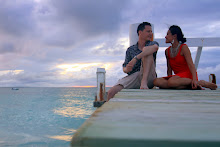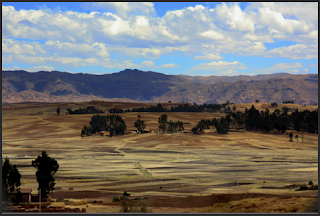
Today we take the train to Machu Pichu, and check into Hospedaje los Caminates in Aguas Calientes. After lunch, we take the bus up the mountain to Machu Picchu. We made it!
Machu Pichu is perched on an 8500 foot mountain above the jungle at a lower altitude than Cuzco. Because of its remote location in the jungle, the site was never discovered by the western world until 1911 when an American historian was tipped off by a few locals who knew about the site.
We spend about four hours touring the site, and are fortunate because the day trippers from Cusco vanish around 2PM. The scenery is fantastic and the weather is pleasant. We make our own tour, visiting all the important buildings, and listening to a few other guided tours. Surprisingly, the stonework is not as high quality as the other Inca site that we visited. In the late afternoon, the yogies are out in droves doing their thing.
Sept 22 Machu Pichu back to Cusco
We take the train back to Ollantaytambo, and then catch a ride with two Cusco residents who were on our train. They offer a reasonable price, after watching us brush off several taxi drivers. Normally we wouldn’t hitch, but the Machu Pichu train is way too expensive for criminals. The small van picks up a few others along the way. Here the main road only goes north or south. I guess it’s pointless to pay for your own gas if you have a few extra seats.
CLICK HERE to see Machu Picchu pictures.


























































